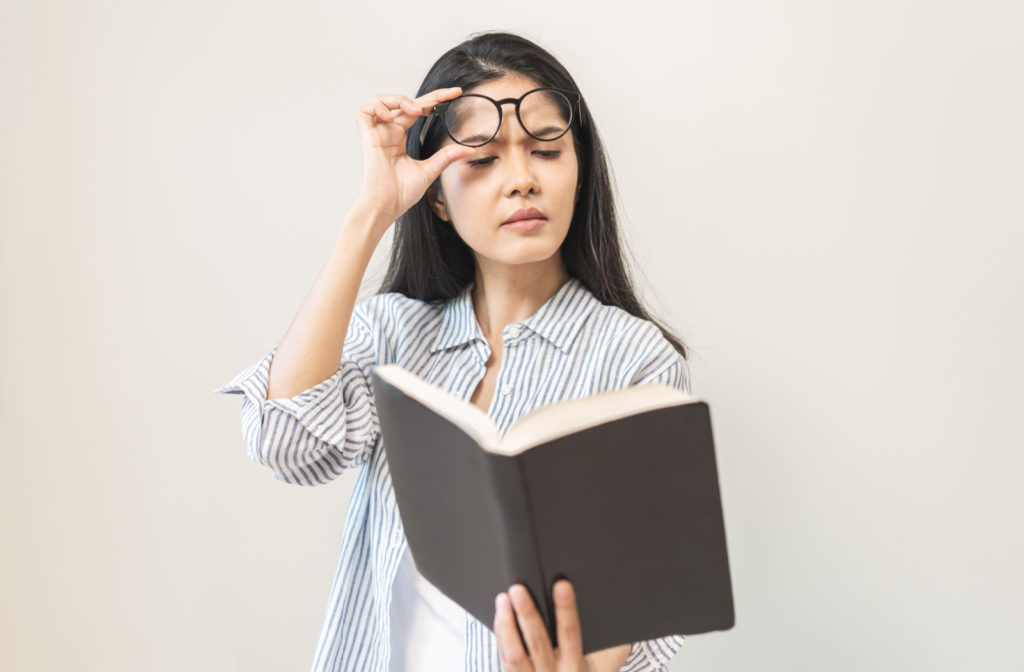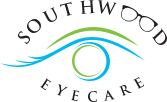As we go through our daily lives, navigating through a world driven by technology and screens, it is becoming increasingly common for people to experience vision problems. Myopia and hyperopia are two of the most prevalent eye conditions that affect millions of individuals worldwide.
People with myopia struggle to focus on distant objects, while people with hyperopia struggle to bring close objects into focus. Whether you have been diagnosed with either myopia or hyperopia or are simply curious about these eye conditions, this post aims to provide valuable information that will help you on your journey toward better eye health.
Understanding the Basics of Vision
While the process may seem automatic, there are actually many different parts of the eye and brain that work together to create a complete visual experience. From the pupils that adjust to different lighting conditions to the retina that receives and processes images to the visual cortex that interprets what we see, understanding the basics of vision can give us a deeper appreciation for this incredible system.
The Role of the Cornea & Lens in Focusing Light
As we look out into the world around us, our eyes rely on a complex system to focus light and form clear images. The cornea and lens play integral roles in this process, working together to refract or bend incoming light onto the retina. The cornea is responsible for around 70% of the eye’s focusing power, while the lens fine-tunes the image by adjusting its shape to focus on objects at different distances. Without these essential components, our vision would be blurry and distorted.
How the Eye Works to Create Clear Vision
To understand how images are processed in the eye, we have to delve into the anatomy of this complex structure. Light enters the eye through the cornea– a clear, dome-shaped tissue that refracts, or bends, the light. Then, it passes through the pupil, which adjusts its size based on the amount of light entering the eye.
The lens inside the eye then fine-tunes the image by changing shape to focus the light onto the retina, which contains millions of special cells called rods and cones. These cells convert the light into electrical signals, which are then sent to the brain via the optic nerve. It’s the brain that ultimately transforms these signals into the images that we perceive.
What Is Myopia?
Myopia is a condition commonly known as nearsightedness. It occurs when the shape of the eye causes light to focus incorrectly, resulting in blurry distance vision while objects up close appear clear.
This condition affects more than 30% of Canadians and is often diagnosed during childhood. If left uncorrected, myopia can lead to more severe eye problems such as glaucoma, cataracts, and retinal detachment.
Fortunately, myopia is easily treatable with corrective lenses, refractive surgery, or orthokeratology. If you or someone you know is experiencing blurry vision at a distance, it is essential to schedule an eye exam with a qualified optometrist or ophthalmologist to determine if myopia is the underlying cause.
Definition & Common Symptoms
Myopia, also known as nearsightedness, is a common vision condition in which objects up close appear clear, while objects farther away are blurry. This occurs when the eye is too long, or the cornea is too curved, causing light to focus in front of the retina instead of directly on it.
The most common symptoms of myopia are squinting, blurry vision when viewing distant objects, headaches, and eye strain. It is important to have regular check-ups with an optometrist to receive proper vision correction and prevent further complications.
Causes & Risk Factors
While genetics can play a role in the development of myopia, environmental factors also contribute significantly. Spending extensive amounts of time focusing on nearby objects, such as screens or books, can strain the eyes and increase the risk of developing myopia.
Other factors, such as lack of outdoor activity, poor lighting, and poor posture, can also increase the likelihood of developing the condition. Understanding the causes and risk factors of myopia can help individuals take preventive measures and maintain healthy eyesight.

What is Hyperopia?
Hyperopia, also known as farsightedness, is a condition where individuals can see distant objects clearly but have difficulty with close-up tasks like reading and typing on a computer. It occurs when the eyeball is too short, or the cornea is too flat, causing light rays to focus behind the retina instead of directly onto it.
Hyperopia affects people of all ages and can be hereditary, so it’s essential to have regular eye exams to detect and treat the condition early on. Fortunately, there are effective treatments available, including glasses, contact lenses, and refractive surgeries like LASIK. With the proper treatment, individuals with hyperopia can enjoy clear and comfortable vision for all their daily activities.
Definition & Common Symptoms
Hyperopia, also known as farsightedness, is a common refractive error that affects many people. It occurs when the eyeball is too short, causing light to focus behind the retina rather than on it. This results in faraway objects appearing clear while closer objects appear blurry.
Symptoms of hyperopia can range from mild to severe and include eye strain, headaches, and difficulty focusing on objects up close. While hyperopia can be a challenging vision condition, it is typically correctable with lenses or surgery.
Causes & Risk Factors
While hyperopia can be inherited, several environmental factors can increase the risk of developing this condition. Lack of physical activity, poor nutrition, and excessive screen time can all contribute to the development of hyperopia. Furthermore, underlying medical conditions like diabetes and hypothyroidism can also increase the risk of hyperopia.
Despite these risk factors, several preventative measures can be taken to reduce the likelihood of developing hyperopia. Regular eye exams, limiting screen time, and consuming a balanced diet are just a few ways to keep your eyes healthy and reduce the risk of this vision condition.
Diagnosis & Treatment Options for Myopia
Myopia is a common condition, also known as nearsightedness, that affects many people. It occurs when the eye becomes elongated and blurry objects are seen clearly up close, but farther away, objects appear blurry. Although it can cause some discomfort, it can be easily diagnosed by an eye doctor through a comprehensive eye exam.
Regular eye exams are not just crucial for correcting vision. They also serve as an opportunity to detect and diagnose myopia (nearsightedness). During an eye exam, your optometrist may use various instruments and tests to determine if you have myopia. Some standard tests include the visual acuity test, where you look at a chart containing letters of different sizes and distances, and the refraction test, where lenses are used to determine the degree of myopia.
Additionally, a slit lamp exam may be used to examine the front of the eye in detail. While a diagnosis of myopia may seem daunting, it can be successfully managed and corrected with glasses, contact lenses, or refractive surgery.
Diagnosis & Treatment Options for Hyperopia
If you’re struggling with blurred objects at a distance or experiencing headaches or eye strain, hyperopia may be to blame. Thankfully, there are several diagnosis and treatment options available to manage this condition.
Regular eye exams are crucial in maintaining healthy vision, especially for those with hyperopia, also known as farsightedness. This common refractive error occurs when light entering the eye is focused behind the retina, resulting in blurry vision when looking at objects up close.
During an eye exam, your optometrist or ophthalmologist may conduct a variety of tests to diagnose hyperopia, including a visual acuity test, a refraction test, and a slit-lamp exam. These tests help your eye care professional determine the prescription needed for corrective lenses or other treatment options.
While hyperopia can be corrected with glasses, contacts, or refractive surgery, it’s important to schedule regular eye exams to catch any changes in your vision early on and maintain optimal eye health.
The Next Steps
If you are experiencing blurry vision, whether near or far, contact Southwood Eyecare today and book an appointment to check your eyes out.




